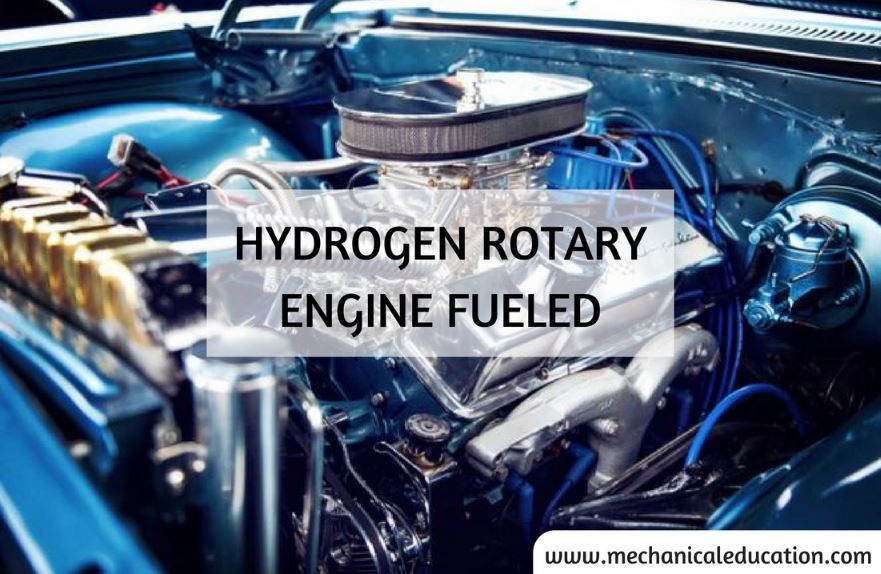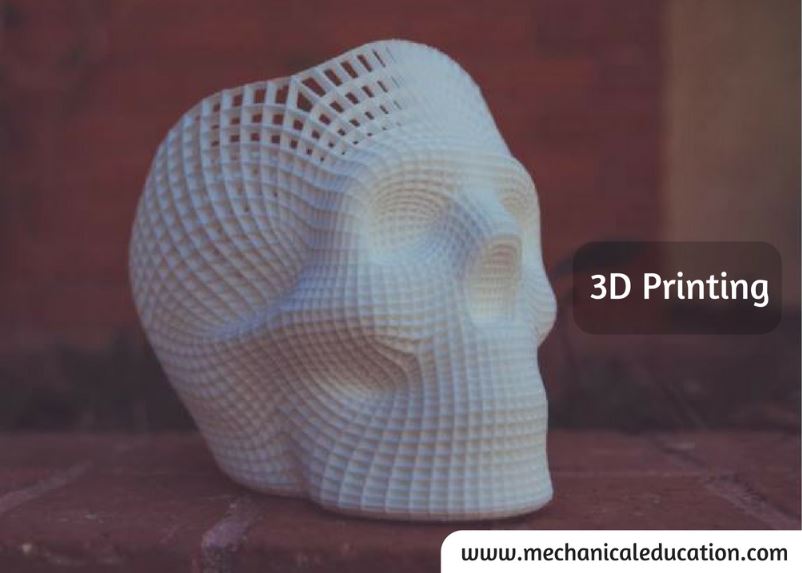Riveting and welding are two of the most common methods used to join two or more pieces of material together. Both methods have their advantages and disadvantages, and the choice between the two largely depends on the application and specific requirements of the joint. In this article, we will compare the strength of riveted and welded joints and examine the factors that can affect their strength.
Riveted Joints
Riveting is a mechanical fastening method that has been used for centuries to join two or more pieces of material together. A rivet is a cylindrical metal fastener that is inserted through a hole drilled in the materials being joined. The end of the rivet is then hammered or pressed down to create a permanent connection. Rivets come in various sizes and materials, including aluminum, steel, and copper.
Strength of Riveted Joints
The strength of a riveted joint largely depends on the shear and tensile strength of the rivet itself. Shear strength refers to the ability of a material to resist forces that are parallel to its surface, while tensile strength refers to the ability of a material to resist forces that are perpendicular to its surface.
In general, riveted joints have high tensile and shear strength, making them a popular choice in applications where strength and durability are important factors. However, the strength of a riveted joint can be affected by several factors, including:
- Type of Rivet: The type of rivet used can have a significant impact on the strength of the joint. For example, solid rivets are stronger than blind rivets.
- Hole Size and Placement: The size and placement of the hole drilled in the materials being joined can affect the strength of the joint. If the hole is too large or not in the correct position, the rivet may not be able to create a strong connection.
- Rivet Size: The size of the rivet used can also affect the strength of the joint. If the rivet is too small, it may not be able to withstand the forces applied to the joint.
- Quality of Installation: The quality of the installation process can also affect the strength of the joint. If the rivet is not installed correctly, it may not create a strong connection between the materials being joined.
Welded Joints
Welding is a process that involves melting the materials being joined and allowing them to cool, creating a permanent bond between the materials. The heat required to melt the materials is typically generated by an electric arc or flame. Welding can be used to join a wide range of materials, including metals, plastics, and composites.
Strength of Welded Joints
The strength of a welded joint largely depends on the strength of the weld itself. The strength of a weld can be affected by several factors, including:
- Type of Weld: There are several types of welding, including MIG, TIG, and stick welding. The type of welding used can have a significant impact on the strength of the joint.
- Welding Technique: The welding technique used can also affect the strength of the joint. If the weld is not performed correctly, it may not create a strong bond between the materials being joined.
- Weld Quality: The quality of the weld can also affect the strength of the joint. If the weld is of poor quality or contains defects, it may not be able to withstand the forces applied to the joint.
- Material Properties: The properties of the materials being joined can also affect the strength of the joint. If the materials have different melting points or coefficients of thermal expansion, the weld may not be able to create a strong bond.
Comparison of Riveted and Welded Joints
When comparing riveted and welded joints, there are several factors to consider, including strength, cost
Riveted Joints Applications?
Riveted joints have been used for centuries as a reliable and durable method of fastening materials together. Riveting involves the insertion of a metal fastener, known as a rivet, into a drilled hole in the materials being joined. The rivet is then deformed at the end to create a permanent connection between the materials. In this article, we will explore the applications of riveted joints across a range of industries.
Construction
One of the primary applications of riveted joints is in the construction industry, particularly in the building of large structures such as bridges and buildings. Rivets are used to join steel beams and other components together, providing a strong and durable connection that can withstand the forces of wind and other environmental factors.
Metalworking
Riveted joints are commonly used in metalworking applications, such as in the manufacturing of machinery and equipment. They are used to connect metal parts together, such as sheet metal or pipes, providing a strong and reliable connection.
Leatherworking and Fashion
Rivets are also commonly used in the fashion and leatherworking industries to create decorative connections. They are used in the manufacturing of belts, bags, shoes, and clothing, providing a durable and stylish fastening method.
Marine and Offshore
Riveted joints are widely used in marine and offshore applications, such as in the manufacturing of boats and oil rigs. They are used to connect various components, such as hull plating and structural frames, providing a strong and reliable connection that can withstand the harsh environments of the open sea.
Electrical and Electronics
Rivets can also be used in electrical and electronics applications, such as in the manufacturing of circuit boards and electrical connectors. They can be used to secure components in place and create connections, providing a reliable and durable connection in applications where vibration and movement are a concern.
HVAC and Plumbing
Rivets can be used in HVAC and plumbing applications to secure ductwork and piping in place, providing a reliable and durable connection that can withstand the pressures and forces of fluid and gas flow.
Aerospace
Riveted joints have long been used in the aerospace industry, particularly in the construction of airplanes and other aircraft. They are used to join various components together, such as panels and structural frames, providing a strong and reliable connection that can withstand the forces of flight and other environmental factors.
Automotive
Riveted joints are also commonly used in the automotive industry, particularly in the manufacturing of heavy-duty vehicles such as trucks and buses. They are used to join various components together, providing a strong and reliable connection that can withstand the forces of driving and other environmental factors.
In summary, riveted joints are a versatile and reliable fastening method that are widely used across a range of industries. While they have some limitations and disadvantages, such as the need for specialized tools and equipment for installation, they remain a popular choice for joining materials together in applications where strength, durability, and reliability are important factors.
Frequently Asked Questions
1. Which joint type, riveted or welded, is generally considered stronger?
Welded joints are generally considered stronger than riveted joints due to the continuous and homogenous fusion of materials during the welding process.
2. What factors contribute to the strength of welded joints?
The strength of welded joints is influenced by factors such as the welding technique used, the quality of the weld, the type of welding material, and the proper preparation of the joint surfaces.
3. Are there instances where riveted joints may be stronger than welded joints?
In specific applications, where the design and load requirements favor the characteristics of riveted joints, they can be as strong as welded joints. However, welding generally provides a more consistent strength.
4. How does the continuous nature of a welded joint contribute to its strength?
The continuous nature of a welded joint means there are no discrete points of connection as in riveted joints. This continuity results in a more uniform distribution of stress and generally higher strength.
5. Are there specific industries or applications where riveted joints are preferred for strength?
In historic or heritage structures, riveted joints are sometimes preferred for their aesthetic appeal. However, in modern construction and heavy engineering, welded joints are often chosen for their superior strength.
6. Can the strength of a riveted joint be compromised over time?
Yes, the strength of riveted joints can be compromised over time due to factors like corrosion and wear on the fasteners. This is one reason why welded joints, which are less susceptible to these issues, are often preferred.
7. Are there standardized tests to assess the strength of welded and riveted joints?
Yes, there are standardized tests, such as tensile tests and impact tests, to assess the strength of both welded and riveted joints. These tests help ensure the joints meet specified strength requirements.
8. How does the type of material being joined impact the relative strength of riveted and welded joints?
The type of material can impact joint strength. Welding allows for the fusion of similar or dissimilar materials, providing flexibility. Riveting, on the other hand, introduces additional fasteners and potential points of weakness.
9. Can the strength of a welded joint be affected by the welding process used?
Yes, the strength of a welded joint can be influenced by the welding process. Factors such as heat input, penetration depth, and post-weld treatments can impact the overall strength and integrity of the joint.
10. In terms of strength, what are the advantages of welded joints in modern manufacturing?
Welded joints are often favored in modern manufacturing due to their efficiency, consistency, and the ability to handle a wide range of materials. The strength and reliability of welded joints contribute to their widespread use in various industries.




